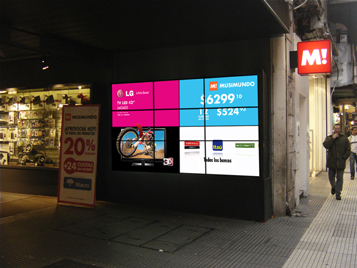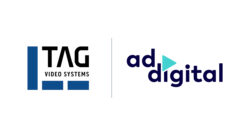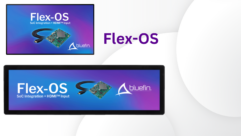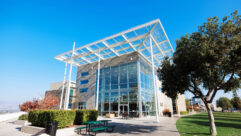

When planning and deploying a digital signage project in Latin America, a systems integrator/installer will face a unique set of challenges that should be carefully understood before estimating such a project.
Outdated network infrastructure, limited bandwitdth, shared networks and huge geograpic coverage areas, make this region a completely different scenario than would be found in the U.S. or Europe. For that reason, doing busines in Latin America requries a wholly different paradigm that requires different deploy solutions.
There are many well-known cases about big name globlal companies who have failed in their digital signage deployment in Latin America because of they have used the same formula in terms of technology, procedures, and best practices they apply in the U.S. without understanding the context particular to Latin America, and do not work with local partners who would be able to help them avoid the differences inherent in this market.
When we started Convergencia Digital, SA in Argentina eight years ago, we researched the digital signage case studies worldwide to better understand what could and could not be applied in our region. This planning was important to ensure our business success in Latin America because it revealed opportunties and limitations. Some of these challenges are reflected in the case study featuring Musimundo, one of the biggest technology retailers in Argentina. On their behalf we developed the POS dynamic comunications network channel M!TV (Musimundo TV).
Musimundo is one of the biggest technology, entertainment, and home appliance retailer in Argentina, with 250 stores in 180 cities across the country, spanning distances as great as 1,200 miles between locations. Musimundo TV includes a network of more than 4,500 displays, including videowalls, store fronts, department stores, and cashier displays. The initial objective was to replace the traditional POP material, but today the network is used to communicate last-minute offers, special campaigns, credit card promotions, and interact with end-users and social media.
Even in the same WAN network, each of the regions has different IT infrastructure and connection types, from 125Kbps to 1Mbps bandwith, shared with the store operation. Network bandwidth management is crucial, and it is mandatory to manage each store with specific bandwith as opening times differ. Content is transfered during the night or during slow network usage periods, depending upon each situtation. We tried some of the readily available standard industry digital signage software, but most simply didn’t accommodate these unique requirements.
It was clear that the bandwidth requirements needed more than the standard network configuration, rules, and tools generally used in the U.S. and Europe. Specific solutions had to be created with these limitations in mind. To that end we created specific tools that worked with Haivision Coolsign’s worlwide Enterprise DS Solution DDS.
DDS is a completely different way of producing content and the on-air programming look and feel. The visual experience is on par with traditional animated video, but the content is created using dynamic layers and database, instead of the traditional video production process. Layers are combined in realtime, data changes are made online, and the final result looks like a video that embeds these the informational changes. This makes it easy to change prices on specific products, or add legal notices, without the need fior a complete video editing process to accommodate the minimum available bandwith.
This unique technology optimizes the entire process seamlessly. The information update takes place in realtime, the bandwith use is 100X less than the traditional process, complex information based on location and time can easily be changed or managed, production costs drop so more content can be added, and it is possible to pick up information from databases, social media, and other dynamic sources.
Convergencia Digital Signage, SA is a member of the Digital Signage Federation, the only independent, not-for-profit trade organization serving the digital signage industry. The DSF supports and promotes the common business interests of worldwide digital signage, interactive technologies and digital out-of-home network industries. To learn more, go to: www.digitalsignagefederation.org
Located in Buenos Aires, Argentina, Luis Maria Gonzalez Lentijo founded Convergencia Digital S.A. in 2008, which today has more than 7,500 screens installed throughout the country. Gonzalez has a degree in audio engineering and business management. DSCE and DSCM certificates from DS Experts Group, and is a member of the Digital Signage Federation. The company offers complete digital signage solutions, including technology, operation, and creativity. With the ability to offer solutions as services, auto administrated and licensed. Since 2013 Convergence Digital SA is a global partner of Intel for retail solutions and since 2014, Regional Distributor Haivision CoolSign for Latin America.










